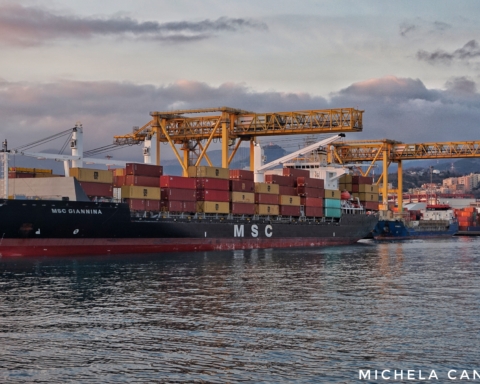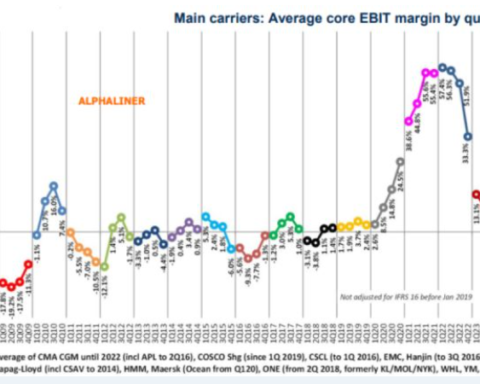Don’t say they’re always late anymore. After two years of setbacks with missed schedules and delays, big carriers are getting back on course.
According to Drewry’s latest report, there is a marked improvement in transit times and a convincing alleviation of congestion problems at ports around the globe
The consultancy firm reported that since January, the congestion rate at North American ports had practically halved. Based on Automated Information Systems (AIS) measurements, the level of congestion in operating yards is now “only” ten times the norm.
In the best cases, transit times along east-west transpacific routes (from the last port in Asia to the first port of call on the North American west coast) are down from 34 days in January to 20 days last week.
Transit times for major east-west ocean services remain much worse than the pre-pandemic benchmark (2019), even if things have considerably improved over the last few weeks.
Nevertheless, it must be said that port congestion in North America, Europe, Asia, the Middle East and Oceania remains high compared to their previous standards.
The worst-hit region is still North America, where congestion has improved more on the West Coast than on the East Coast, because shippers concerned about negotiations between the International Longshore Warehouse Union (ILWU) and the Pacific Maritime Association (PMA) have preferred to divert traffic to East Coast ports.
Since the beginning of this year, waiting times to find an available berth in New York have averaged 3 days, up to 5 days in the last four weeks. The nearby port of Baltimore, on the other hand, recorded significantly shorter waiting times (one day), making it a faster alternative for goods destined for this region.
Translation by Giles Foster




